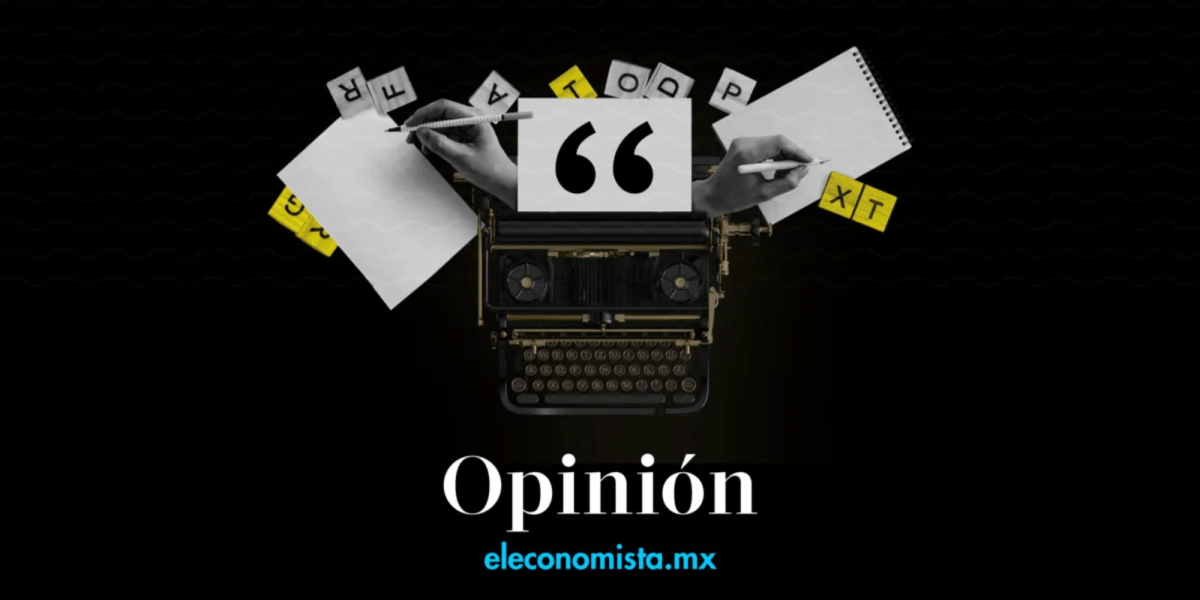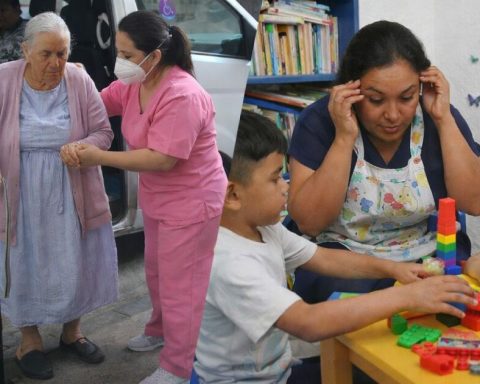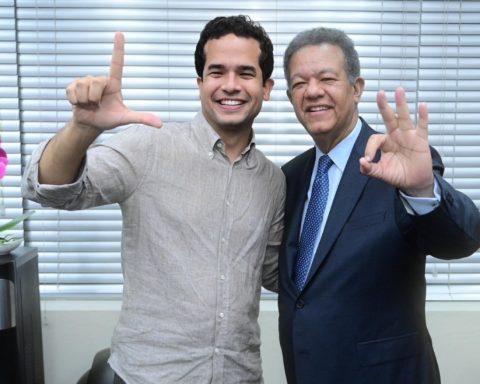During the presidency of Andrés Manuel López Obrador (AMLO) from 2018 to 2024, the telecommunications sector in Mexico faced significant challenges, especially in the deployment of 5G networks and in efforts to reduce the digital divide. The lack of a clear agenda to promote advanced telecommunications, along with bureaucratic and financial obstacles, contributed to Mexico being left behind in the race towards 5G and in improving national connectivity. In some cases, the fault was the lack of knowledge of the sector that, for example, led President López Obrador to insist during the beginning of his mandate on 100% coverage of the country’s geography by fiber optics, ignoring the costs involved in deploying a technology only in populated areas of society
One of the biggest setbacks during the AMLO administration was the lack of support for the telecommunications reforms that had been implemented under the government of President Enrique Peña Nieto in 2013.
These reforms, through the creation of the figure of preponderant agent in telecommunications, sought to break the dominance of companies such as América Móvil (Telcel and Telmex) by encouraging competition and promoting investment in infrastructure. The reforms also established the Federal Institute of Telecommunications (IFT), an independent regulatory body charged with supervising the market and promoting competition. They also approved the creation by constitutional mandate of a shared network that uses 90 MHz of spectrum on the 700 MHz frequency to provide wholesale service to 92.2% of the country.
However, the AMLO government reduced the budget and undermined the independence of the IFT, weakening its regulatory power. The reduction in oversight allowed some established players to maintain a significant share of the market, stifling competition and innovation. The lack of regulatory rigor also discouraged new entrants from investing in the sector, limiting progress on initiatives that could have reduced costs for consumers and expanded network coverage to underserved areas.
One of the most glaring gaps in the administration’s policies was its approach to the development and deployment of 5G networks. Globally, the race for 5G has been seen as a critical milestone for technological and industrial growth. Nations such as Brazil and Chile made significant progress in deploying 5G networks during AMLO’s term, while Mexico struggled to keep up. The allocation of the spectrum necessary for 5G networks was repeatedly delayed and a clear regulatory framework was not established to encourage investment in infrastructure. In other words, 5G begins to be marketed without any push from the state, as part of the strategy of each of the country’s two retail network operators as part of its strategy focused on positioning the operator as a technological innovator.
One of the reasons for these delays was the reduced capacity of the IFT, due to budget cuts and lack of political support for the agency’s initiatives. The spectrum auction process for 5G, which should have been a priority for the government, suffered repeated postponements. A battle that more than once had personal tones and was fueled by accusations that could not be sustained by the executive. The result is an IFT that lacks three commissioners to be able to function fully, as expected of any state agency.
Even when some progress was made with the auction of portions of the spectrum, it was too slow to catch up with neighboring countries that were already well advanced in their 5G deployments. The management of the radio spectrum during the six-year term of President López Obrador followed the historical tradition of prioritizing fundraising for the state. The refusal of government authorities to revisit the price assigned to the radio spectrum to reflect the current financial situation of the sector had its lowest moment in 2019 when Telefónica announced its intentions to return all of its radio spectrum in this market, beginning the path to a market with only two mobile retail concessionaires with their own spectrum and all that this means when going from three to two operators that can establish their technological evolution strategy in the market independently.
The failure to prioritize the creation of a national digital transformation strategy that is supported by 4G/5G infrastructure means that Mexico, compared to other countries in the region, is now lagging behind in public policy in areas such as smart cities, the Internet of Things (IoT) and other innovations that depend on next-generation connectivity. This delay not only slows Mexico’s technological progress, but also limits its global competitiveness, particularly in sectors that could benefit from faster and more reliable communication networks and at a time when the United States seeks closer destinations for the production of high-tech inputs.
AMLO’s presidency also saw a lack of private investment in the expansion of broadband and cellular networks. Instead of fostering a collaborative environment with the private sector, the administration focused on government-led initiatives, such as CFE Telecomunicaciones e Internet para Todos (CFE IpT), a state project created to fill the void created by the disappearance of Mexico. Connected, an entity that was eliminated after its administration and employees were accused of breaking numerous laws.
However, once AMLO came to power, not a single Mexico Conectado official had to face the courts. Quite the contrary, the equipment was inherited by CFE IpT to advance its quest to provide internet access in underserved rural areas using the infrastructure of the Federal Electricity Commission (CFE). Regardless of whether the intention behind CFE IpT was laudable, its creation was plagued by errors, inefficiencies and delays. Since having access is not reduced to coverage, Mexico is today worse in connectivity than in the times of Mexico Conectado, unfortunately it is the poorest in remote regions who were the most affected.
It is common knowledge in the Mexican telecommunications sector that the CFE Telecomunicaciones e Internet para Todos project has had difficulties in delivering tangible results, particularly in the expansion of internet access in rural areas, where connectivity is extremely limited. Critics argue that by sidelining private investment and focusing on government-controlled projects, the administration missed an opportunity to leverage private sector resources and expertise to rapidly expand network infrastructure. In rural areas where millions of Mexicans still lack access to reliable internet, the digital divide has not narrowed enough and the state-led approach has proven insufficient to address the magnitude of the problem.
AMLO’s broader economic policies also contributed to stagnation in telecommunications development. The cancellation of major infrastructure projects, such as the New Mexico City International Airport (NAICM), and unpredictable regulatory changes created an environment of uncertainty for foreign and domestic investors. The telecommunications sector, which requires long-term commitments and significant capital expenditures, was particularly affected by this uncertainty.
Investors were reluctant to commit resources to the sector due to concerns about regulatory inconsistency and an apparent lack of commitment to creating a stable environment for business growth. This hesitation further limited the funds available to expand broadband access and modernize telecommunications infrastructure in Mexico, contributing to delays in both the expansion of 4G, the arrival of 5G, and the expansion of fiber optic networks to across the national territory.
Andrés Manuel López Obrador’s presidency was a period marked by missed opportunities and setbacks in Mexico’s telecommunications sector, especially in relation to the development of 4G, 5G, fiber optics and efforts to reduce the digital divide. The decision to roll back key reforms, reduce the IFT’s independence and funding, and prioritize government-controlled projects rather than private investment, slowed progress in expanding connectivity and deploying advanced technologies such as 5G and formulation of a national digital transformation strategy.
Mexico now finds itself lagging behind many of its Latin American peers in the race for digital modernization, which has important implications for its ability to compete in the global economy. The financial problems of the Red Compartida project, along with delays in spectrum allocations and reduced private sector investment, have left Mexico with a weakened telecommunications infrastructure. Looking ahead, the next administration should prioritize restoring regulatory stability, incentivizing private investment, and accelerating the deployment of telecommunications infrastructure if the country wants to close its digital divide and position itself as a leader in the digital era.
Unfortunately, the outlook is not encouraging and everything indicates that the setback will continue with the disappearance of the IFT, giving up the regulatory autonomy of the sector and placing it in the hands of the executive. A dangerous alternative in a Latin America where more than one ruler used his powers to pay political favors through favorable regulations or government positions to individuals not qualified for their positions.
One thing is clear to me, if the IFT disappears, those who promised that the sector’s problems would disappear with the regulator will be exposed. By then it will be too late, and as always, the most affected will be the poorest, those who have been promised everything and, apart from some purely clientelistic initiatives, have not been helped to improve their quality of life at all.















